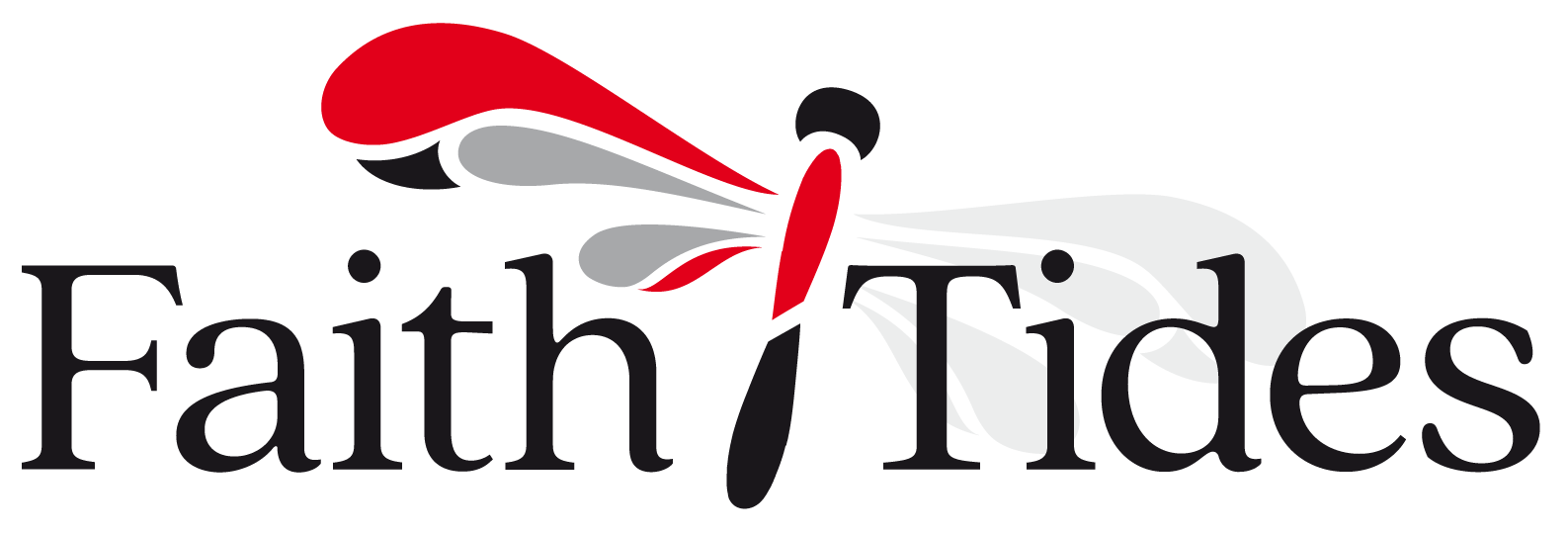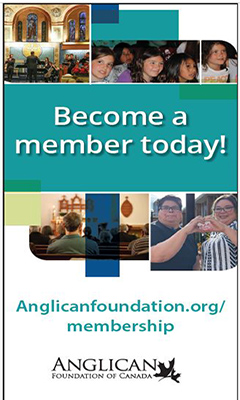In 2019, St Anne & St Edmund, Parksville celebrated its 125th anniversary. On the list of projects for our anniversary was the renewal of our cedar shake roof at our iconic St Anne site, the oldest public building in the city, and the island’s oldest log church.
This summer we launched a campaign titled “Raising the Roof,” to raise the funds to renew the roof — the name was riffed from the Vancouver Cathedral roof campaign. The work on the roof was completed in September. But the project was about more than just the roof itself. It was, and is, about the programs and people and ministry that happen under the roof, and all around the vicinity of the church and beyond.
A roof is so much more than a roof.
The building, in its West Coast gothic beauty, is the outward and visibly acknowledged sign, reverenced sacramentally with a genuflection of the eyelids and a nod and a smile of the passers-by. The inward and invisible grace is under and all around the beautified combination of new and old, in the stories of lives touched and changed, inspired for transformation, and strengthened for faith and service.
By day, the natural fresh yellow-orange colour of the cedar shingles enhances St Anne. As the day declines, bright and low-energy LED lights outline the building. The lights turn from an orange glow at twilight to brilliant white at nighttime (think the accentuation of the Parliament buildings in Victoria). The roof is our public statement of our acceptance of the need to shine a light on the shingle-by-shingle work of reconciliation, and of our commitment as the Anglican Church of Canada to the task.
We honour the fact that our community gathers on the traditional lands of the Pentlatch- and Hul’qumi’num-speaking peoples, forebears of the Qualicum and Snaw-Naw-As First Nations.
In true Anglican middle-ground style, the first wedding at St Anne in 1896 was between a Coast Salish widow, Sarah Coqulamat, and Qualicum Beach’s first settler, Irish Catholic Thomas Kinkade, and was conducted by the first Anglican priest for the parish, Charles Cooper. Perhaps part of the beauty of having cedar logs from the 1890s and local cedar shakes hand cut for the 2020s, is that we can continue to marry and connect a sacred symbol to a sacred symbol, the medicinal tree of our ancestors on the land and watersheds where we live, and the medicine of a message of transformation for a country in need of truth telling and reconciliation.
How did we get to the completion of our new roof? Giving matters, and good ministry matters, and we need to keep talking to each other about it. “Raising the Roof” is one key initiative in a whole range of program and enhancement projects in which we will be engaged over a ten-year period (2019–2029). In total, we aim to raise $1,250,000 to finance these projects, and we are currently at the $500,000 mark.
In all of our institutional fragility, we Anglicans know that we depend fully on our communities, on public philanthropy and generosity, and on extraordinary acts of resolve and generosity from friends and members alike, including bequests and planned giving instruments. We are so tremendously grateful for all our donors, near and far, and for all our donations at every level of giving. Who knows what sacrifices lie behind these gifts?
No tale of the St Anne roof would be complete without the contributions of our winged and four-legged friends and wild creatures. We have co-existed comfortably for many years with nesting birds chirping and cheeping away during prayers now and again, living out the vocation given to them by the psalmist, to find a home above the altars of the Holy One (Psalm 84).
I imagine the diary of many country priests could also encompass church mice and bats in the belfry within the routine and rhythm of accumulated stories, but I never imagined that one day I would be making a record of bears in the churchyard, or raccoons in the rafters. The bears simply pass through on a rare occasion, but the raccoons are another matter, and it is to them that we owe a more urgent motivation for our newly roofed estate.
It was a summer Sunday morning when I came to notice that the clumping of footsteps above me in the attic was much more than a mouse. Our friends the raccoons had begun ripping off our aging and paper-thin roof shakes, to set about the task of nesting. I little realized, however, that our choir practice that morning would fulfill Isaiah’s vision of a temple full of smoke.
As we began to gather in the chancel, one of our dear four-legged friends decided to empty its bladder directly above the chandelier in the chancel, leading to an explosion of light bulbs and a fiery emission of incense, as a stream of living water cascaded down to the carpet below. I gave the abandon ship order and turned off the power, and we all processed down to safety in the lower regions of St Edmund, on the other side of our churchyard. We knew we really had to gently help our friends find a new home (radio music, squirt guns and bright light seemed to be the alternatives to a trap!), and then find ourselves a new covering overhead.
Hardware such as seating, heating and roofing all capture the eye and memory with beauty, warmth and comfort. That’s the visible and tangible good that enables our ministry with people. There is more. In recent years, for all the setbacks and adaptation required by a pandemic context, the tangible, practical benefits, as well as intangible, spiritual benefits of our fundraising campaign have been there. There through teamwork and staffing, there for the training and mentoring of a youth team by means of employment and volunteering, there through programs of inclusive teaching and music for spiritual growth, and there through partnerships in the community that help feed the hungry and house the homeless. We are not done yet.
So here we are, protected by a new roof covering that is intended to endure a long time in the face of our crisis-soaked and stormy world. Symbolically, we stand under the cloud of the presence by day, and we offer a glowing light by night.
When it comes to being faithful to both past and future, William Morris’s “keep only that which you know to be useful or believe to be beautiful” gives us a practicality of aesthetics and function. Let’s have both and be both. That way we can go on being our own unique local contribution of healing cedar that our beloved log church symbolizes.






